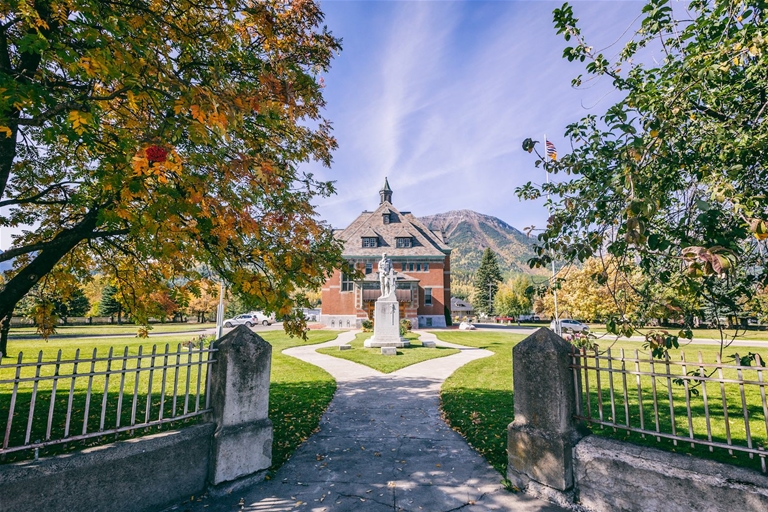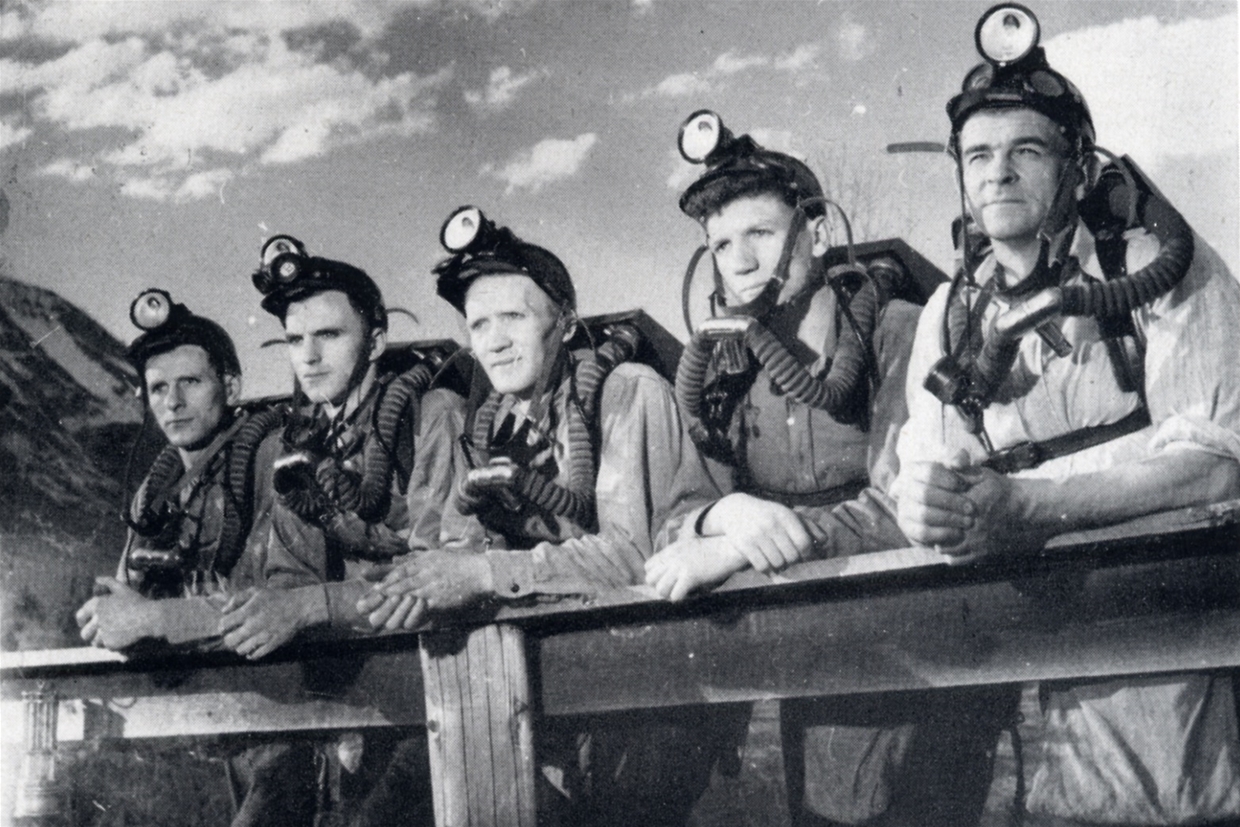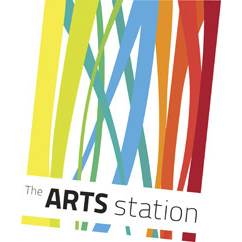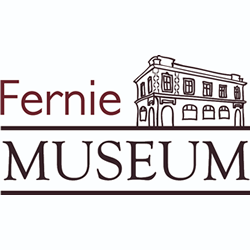History | Mine Rescue in the Elk Valley
Everywhere you go in the Elk Valley, there is evidence of the mining that has shaped communities and sustained society.
Coal dust lines trails and the remnants of the former mine site can still be seen at Coal Creek. In front of City Hall in Fernie is the Miner’s Walk and in Sparwood, the Balmer North Statue is a new memorial to the lives of miners lost in the mines of Sparwood and Elkford.
As long as there has been mining, there has been a need for mine rescue; demonstrations and competitions form a vital link between teams to share skills and develop bonds. The biennial National Western Region Mine Rescue Competition returns to Fernie on September 5-7th, 2019. The event has been held in Fernie since 1993 and attracts teams from the northwestern United States and Canada.
For over a century, mine rescue has been synonymous with mining. The British Columbia Mines act was rewritten in 1909 following explosions at mines in Morrissey and on Vancouver Island. New laws mandated the establishment of central supply stations for the training of rescue corps be established and maintained by the government. The first Elk Valley station was established at Hosmer in 1910 and replaced by a new station in Fernie in 1913. The team from the early Hosmer station were put to work almost immediately after formation when the Bellevue Mine, which did not have its own rescue team, called for assistance following an explosion. Fred Alderson was one of the first miners to rush into action but later succumbed to the deadly gases. Alderson’s heroic and selfless actions set the standard for mine rescue that borders do not matter – where help is needed, it will be given.
Rescue apparatus is essential to effective rescue and the technology has come a long way since those early days. The very first breathing apparatus consisted of a leather hood and hose that was strapped to the user’s leg to pull fresher air from ground level. By 1910, self-contained breathing apparatus became widely available and greatly increased safety standards for both trapped miners and rescuers.
In the early years of the 20thcentury, mine rescue competitions and demonstrations helped to motivate rescue teams. The first competitions were held during the First World War, but shortages of manpower and supplies prevented them becoming a regular occurrence until several years later. Regardless of the challenges, the Fernie team travelled to Nanaimo for the first international event in 1919 and placed third.
Local teams went on to become fierce competitors after those early years. The Coal Creek team of the 1920’s won the East Kootenay Competition four times and the Vancouver Island competition three times. In 1967 Bill Milburn led the Michel team to win at the regional, provincial and finally at the National level at the Dominion Mine Rescue Championships held in Trail. Since the inception of the NWRMC, teams from the Elk Valley have won the Surface Overall title at five of the past six events.
Competing teams (consisting of winners of provincial competitions of the past two years) will compete in Surface and/or Underground Mine Rescue practices. The Underground competition is scheduled for Saturday, September 7 and will consist of a series of tasks including fire, donning bench, obstacle & recovery, smoke/search, practical skills, first aid and a written component. On Saturday, September 7, teams will compete in the Surface competition in a series of tasks including fire, rope, smoke/search, extrication, practical skills, first aid and a written component. Teams from the Elk Valley will compete in this portion of the event, and spectators will be able to observe parts of the action at Fernie Memorial Arena.
With thanks to Mike Pennock and and John Kinnear for extensive research on the history of Mine Rescue in BC.

Featured: History | The Fernie Cenotaph
Commemorating the end of WW1 with Fernie's moving tribute, the site of the annual Remembrance Day Service.
Learn More




